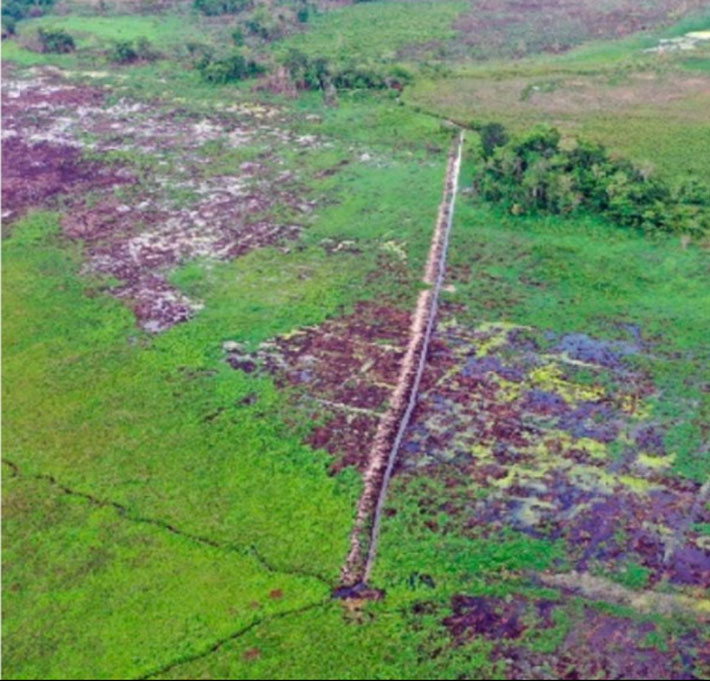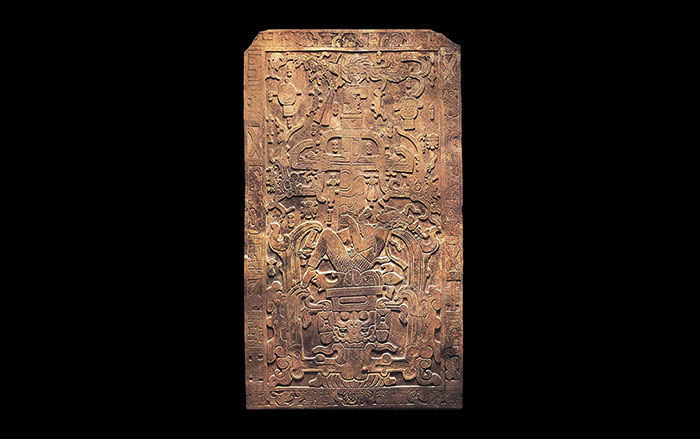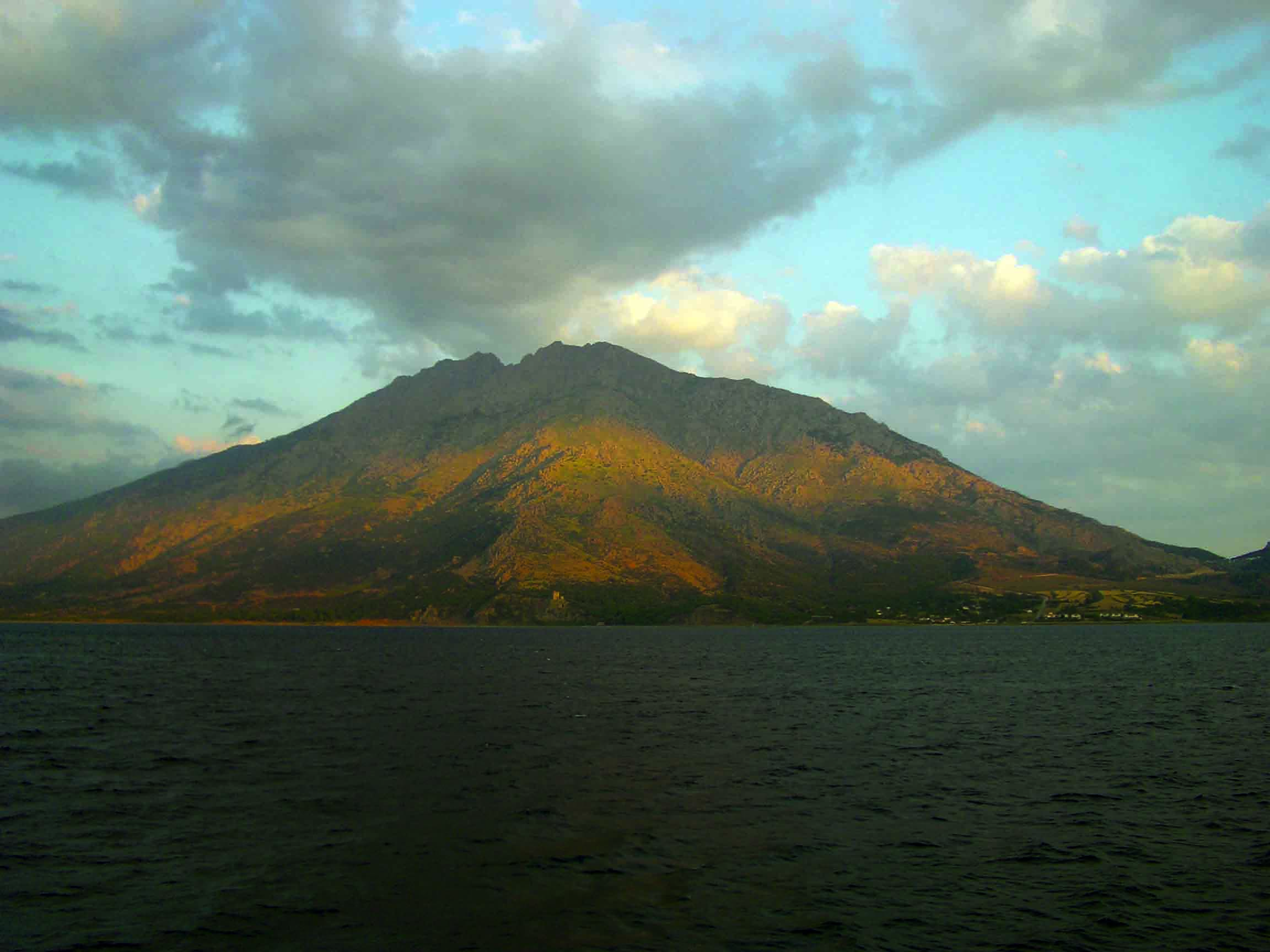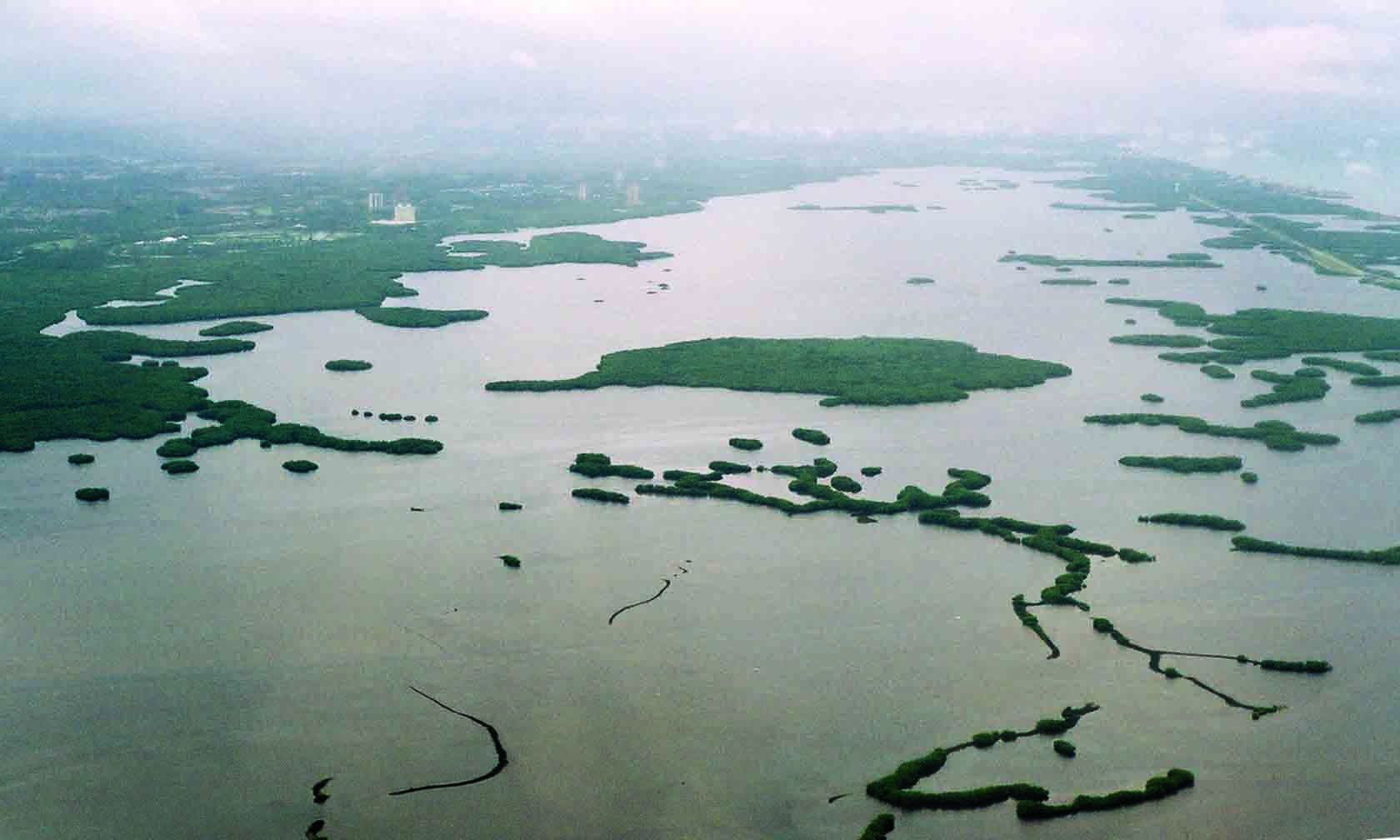
PROVIDENCE, RHODE ISLAND—According to a statement released by Brown University, Andrew Scherer of Brown University and Charles Golden of Brandeis University and their colleagues conducted a lidar survey of a section of the Western Maya Lowlands located on the border between Mexico and Guatemala. This area is home to the Maya urban centers of Piedras Negras, La Mar, and Lacanja Tzeltal, the capital of the kingdom of Sak Tz’i’. The remote sensing technology revealed that between A.D. 350 and 900, the Maya built irrigation channels and terraces in and around the towns in the region, even though the population centers showed no signs of corresponding growth. Maya farmers, the researchers explained, may have intended to produce surplus crops and prepare for population growth. Surplus food may have been sold in marketplaces as staples or as prepared food, Scherer added. Read the original scholarly article about this research in Remote Sensing. To read about a large ceremonial structure identified using lidar along the Mexico-Guatemala border, go to "Oldest Maya Temple," one of ARCHAEOLOGY's Top 10 Discoveries of 2020.










